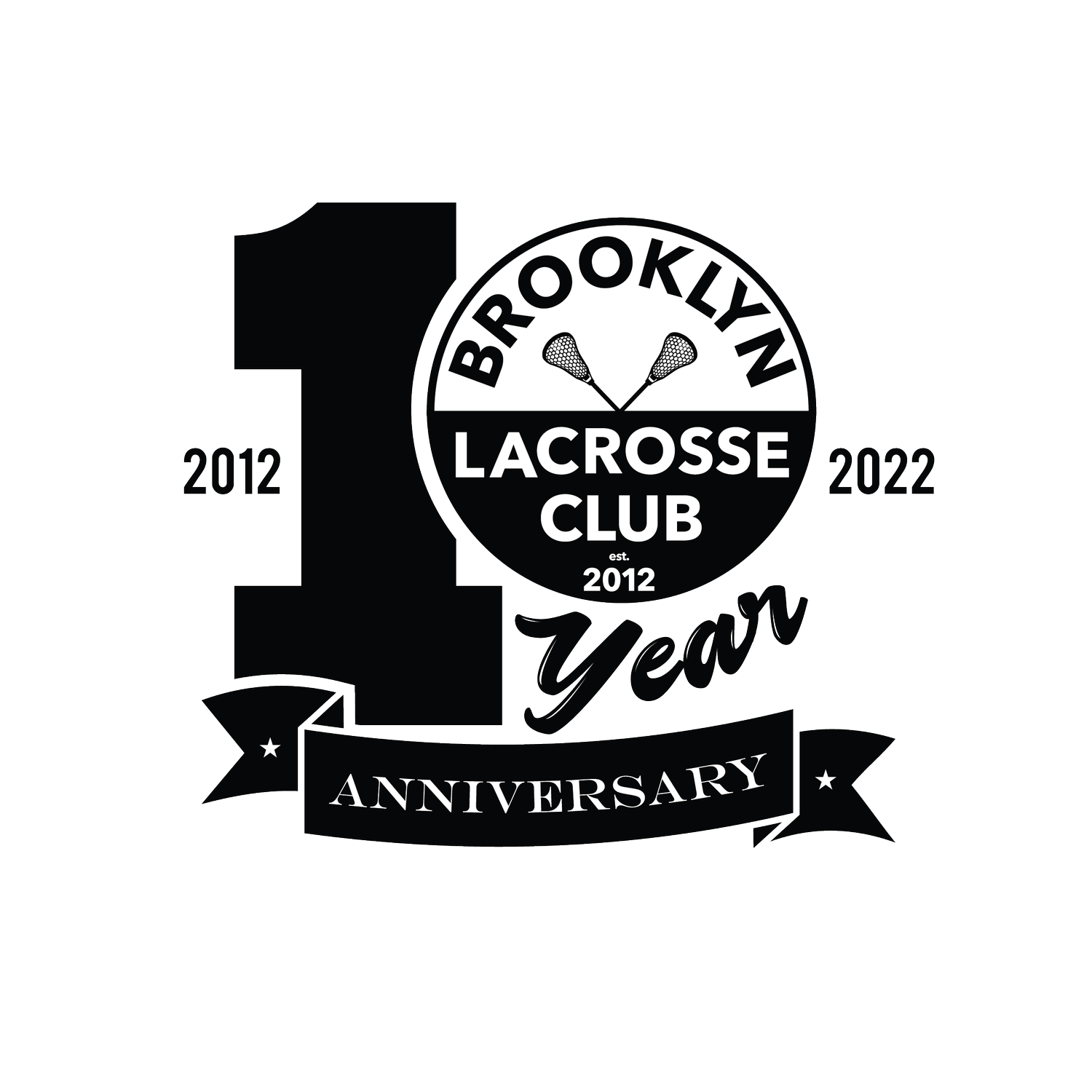Safety is Brooklyn Lacrosse's #1 priority, no exceptions. Participants in lacrosse must be aware of the Official Rules. Participants are expected to play, coach, officiate and watch games according to their spirit and intent. Emphasis is placed on safety and good sportsmanship. Everyone involved with the game must act with consideration for the safety of others.
Players must ensure that their behavior, equipment and uniform conform to all required and allowable standards, as defined by US Lacrosse rules.
Coaches must ensure that they are teaching their players to play by the rules. Coaches should participate in continuing lacrosse-specific education and training that helps them to understand and teach new rules and address safety concerns.
Officials must ensure fair and safe play by consistently enforcing the rules. Officials must take part in continuing lacrosse-specific education that helps them understand and interpret new rules.
Spectators must contribute to a safe-play environment by demonstrating positive and sportsmanlike conduct. Those watching boy’s lacrosse must understand and appreciate the unique rules and culture of the boy’s game.
Emergency Action Plan
The Brooklyn Lacrosse Club takes the safety of you child very seriously. Below is the outline of our Emergency Action Plan
At every clinic, practice and game, an adult will be designated as in charge of management of an emergency.
Ideally, an adult with a minimum of basic first aid training should be on site.
At a minimum, a basic first aid kit with materials to clean, cover, or immobilize an injured body part should be on site.
Every coach at every clinic, practice and game will have a (paper copy) of a current roster with emergency contact numbers
Every coach at every clinic, practice and game will have a fully charged cel phone on their person
At the youth level, more than one adult should be present to deal with the emergency and the other team members. (Number of Emergency service if not 911, Number of first person to begin emergency chain, Number of back-up person to call if needed)
Know where the closest emergency care is located and how to give directions to emergency personnel, if necessary.
Make sure gates are open and access to the field and the athletes is not blocked.
Person in charge must control the scene and initiate the EAP
Lightning
The following is the Brooklyn Lacrosse Club's emergency action plan (EAP) to deal with severe weather, including lightning.
Individuals responsible for game management and medical issues should be designated. The umpire usually makes the call to leave the field in inclement weather, but coaches and others should provide input.
A person should be designated to watch the weather. If a thunderstorm is imminent, the practice/game should be suspended or postponed. If lightning is seen or thunder heard, activities should stop and everyone should seek shelter.
The designated “weather watcher” should consult television news, Internet, cable and satellite weather programming, lightning monitoring systems, and the National Weather Service (www.weather.gov).
In case of lightning, people should be moved to safe locations like buildings with grounded wiring and plumbing and vehicles, including school buses, with a hard metal roof and the windows shutSome unsafe locations to avoid are the showers or plumbing of a building, small covered outdoor shelters, areas connected to or near light poles, towers and fences, and any location that is at the highest point in the area.
To reduce the chance of lightning-related injury:
Thunder may be hard to hear, and lightning may be difficult tos ee.
Cell phones and cordless phones are preferred over landlines.
If one feels the hair on their head, neck or arms stand on end, or feel skin tingling, then a lightning strike may be imminent.
Everyone must wait 30 minutes between the last sound of thunder and/or the last flash of lightning before resuming activity.
Initiate emergency treatment immediately if a person is struck
Concussions
All of our coaches are trained in the CDC "Heads Up: Concussion in Youth Sports" program. Parents should become very familiar with this website. A concussion is a traumatic brain injury that interferes with normal brain function. An athlete does not have to lose consciousness to have suffered a concussion.
Common Concussion Symptoms
headache
fogginess
difficulty concentrating
easily confused
slowed thought processes
difficulty with memory
nausea
lack of energy
tiredness
dizziness,
poor balance
blurred vision
sensitive to light and sounds
mood changes; irritable, anxious, or tearfu
Concussion Management
No athlete may return to game play or practice on the same day of a concussion.
Any athlete suspected of having a concussion should be evaluated by an appropriate health care professional that day.
Any athlete with a concussion must be medically cleared by an appropriate health care professional prior to resuming participation in any practice or competition.
After medical clearance, the decision for a player to return to play should follow a step-wise protocol. There also should be provisions for delaying a player’s return based on any signs or symptoms of a concussion.
Return to play guidelines are subject to state regulations
Parents at PracticE
Pee Wee, Parents must be present at practice
1/2 Grade, Parents (or caregiver responsible) must be present at practice
3/4 Grade, Parents (or caregiver responsible) must be present at practice
5/6 Grade, Parents don't have to attend practice, but players must leave with an adult
7/8 Grade. Parents don't have to attend practice
9-12 Grade Boys come and leave as they pleas
Injuries
Coming Soon
Blood
Coming Soon

